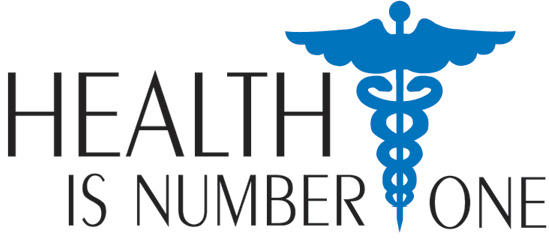Health Library ~ Family Medicine in Mullica Hill, NJAll Material copyright Craig M. Wax, DO unless otherwise denoted. Simple Changes to Your Day Help You Manage Your Arthritis. No one looks forward to suffering from arthritis as they grow older. However, 40 million people are affected by this often painful condition that deteriorates and inflames your body's joints and surrounding tissues. There are over 100 types of arthritis from relatively mild forms of tendonitis to more painful types such as fibromyalgia. Each form affects joints differently with its own location and process of deterioration. However, pain, swelling and stiffness are consistent across the majority of these cases. These symptoms can inhibit you from performing regular activities if left untreated. With a clear understanding of your particular case, as well as help from your physician, you can manage arthritis symptoms and the impact they have on your life. Similar to most medical conditions, the earlier your physician diagnoses arthritis the better. The majority of joint damage occurs within the first two years of experiencing symptoms. In addition to pain and loss of movement, stiffness and swelling of the joints, snapping of the joints, and bony growths at the joints are symptoms of arthritis. If you notice any of these symptoms after exercising, or even during times of relaxation, you should contact your physician. The earlier the arthritis is detected, the better your chances for slowing its progression. By asking specific questions about your pain, your physician will help you to determine the type of arthritis you have. Your physician may also ask about personal health and exercise habits. X-rays and other tests are often used to help diagnose forms of arthritis. Once a specific type of arthritis is determined, you may then discuss with your physician what to expect. How your case will affect you? What kind of pain and stiffness you may feel, and why? Knowing the answers to these questions will help you understand your condition, making it easier to slow its progression and manage pain. In many cases, simple changes in the way you do things will help minimize the effects of arthritis. When exercising, try to avoid high impact activities. Try swimming or biking, instead of running. Low impact activities are easier on your joints because they allow you to exercise without damaging them. Exercise increases blood flow to your joints which carries nutrients that maintain and strengthen cartilage and muscle. Strengthening cartilage and muscle helps prevent joint deterioration. Your physician can help you design an exercise plan that is right for you. In addition, it is important to move each of your joints through their full range of motion on a daily basis. Stretching regularly will help to completely rotate and move each of your joints, which prevents stiffening. Just remember to take it easy. Stretch slowly and do not bounce or make sudden movements. Aside from exercises and stretching, there are simple changes you can make at home and at work to better manage your arthritis. When working or relaxing, do not sit in one position for a long time. When carrying bags or other items, use shoulder straps when possible instead of your hands. It is best to position weight on your body's strongest joints. If possible, use a rolling bag or cart when carrying heavier items. Reducing the amount of stress on your joints helps to manage the aches and pains caused by arthritis. You can discuss with your physician specific strain-reducing changes needed for your condition. It is important that you make the most out of your discussion during an examination with your physician. Keeping a record or diary of your condition will help. You should note the locations of pain, causes of pain, times that you feel pain the most, effectiveness of medication, and other things that help relieve symptoms. You should also note these factors as they pertain to stiffness and swelling. Sharing this information with your physician gives you both a better understanding of your condition. Remember this, although aging and arthritis may slow you down or limit your activities, you are still in-charge of you life. Working with your family doctor as your healthcare partner will allow you to make the most of your life. TAKE CONTROL! |
|





